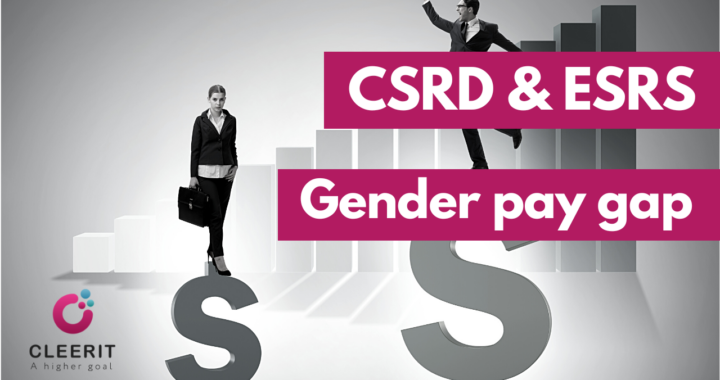Following the publication of the Omnibus proposals and in line with the European Commissioner Albuquerque’s request, the EFRAG Sustainability Reporting Board (SRB) has approved today its comprehensive and fast-tracked work plan to deliver its technical advice by 31 October 2025 for the revision and simplification of the European Sustainability Reporting Standards (ESRS).
EFRAG’s approach will build on the experience of first-wave companies that implemented ESRS for their 2024 financial year.
📅 Timeline and steps
⭕ April to mid-May 2025
Establishing a vision on actionable levers for substantial simplification (to be confirmed following the stakeholders’ feedback)
Gathering evidence from stakeholders, analysis of the issued reports and other sources – the public call for input is open until Tuesday 6 May
⭕ Second half of May to July 2025
Drafting and approving the Exposure Drafts amending ESRS
⭕ August and September 2025
Publishing the Exposure Drafts, receiving and analysing feedback (including via public consultation) from stakeholders
⭕ October 2025
Finalising and delivering the technical advice to the EC
The work plan is based on the Omnibus proposals as tabled by the EC and does not consider the consequences of changes that may stem from the legislative process. Should changes be made, the timetable and work plan might need to take account of them for the delivery of an appropriate technical advice.
EFRAG has initially identified actionable levers that will be further specified following the evidence gathering phase:
🌿 Revising the presentation and architecture, including the articulation of cross cutting and topical provisions.
🌿 Addressing the most challenging provisions, including the clarification of the application of the materiality principle, to ensure that only material information is required to be reported.
🌿 Evaluating general burden reduction reliefs for ESRS, to reduce the compliance efforts horizontally across disclosures. This may include reliefs for (i) reporting information about acquired businesses and disposals, (ii) certain confidential and possibly business sensitive information and (iii) metrics affected by estimation uncertainty and lack of data quality, including through a broader use of the “undue cost and effort” principle.
🌿 Substantially reducing the number of required datapoints (“shall”), and considering the relevance of disclosure requirements, if need be, with a (not exclusive) focus on narrative disclosures. This critical part of the burden reduction effort will include deletions and transfer of datapoints from a “mandatory” status to a “voluntary” status (“shall” transferred to “may” or to guidance/guidelines or to illustrative examples/educational material). The reduction of datapoints shall be considered from a burden reduction angle as well as from a numerical angle.


